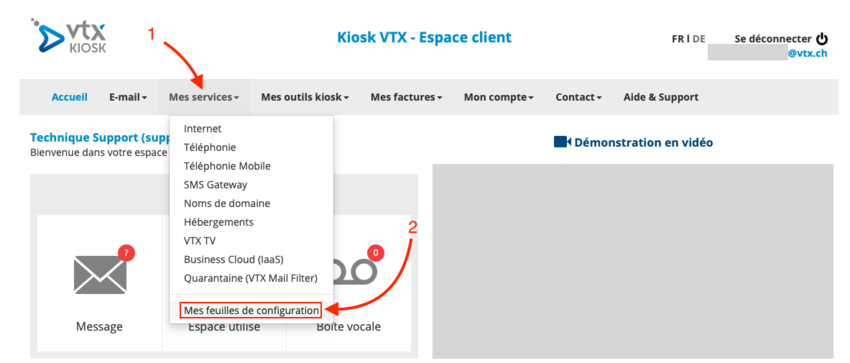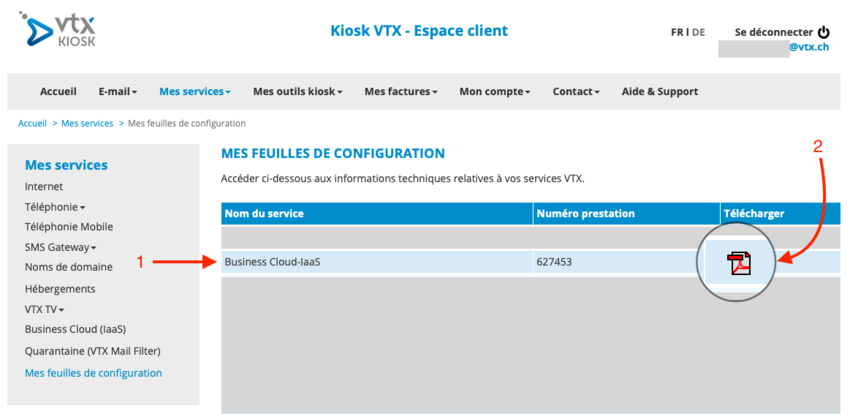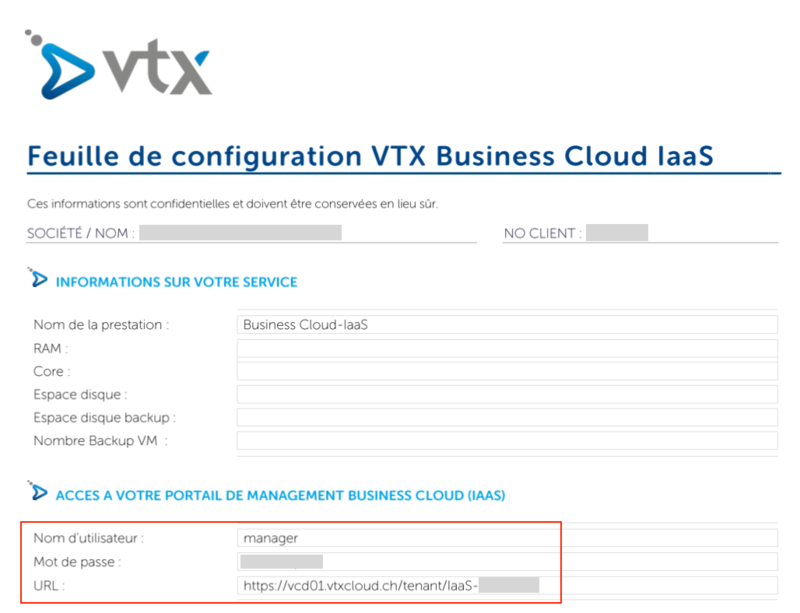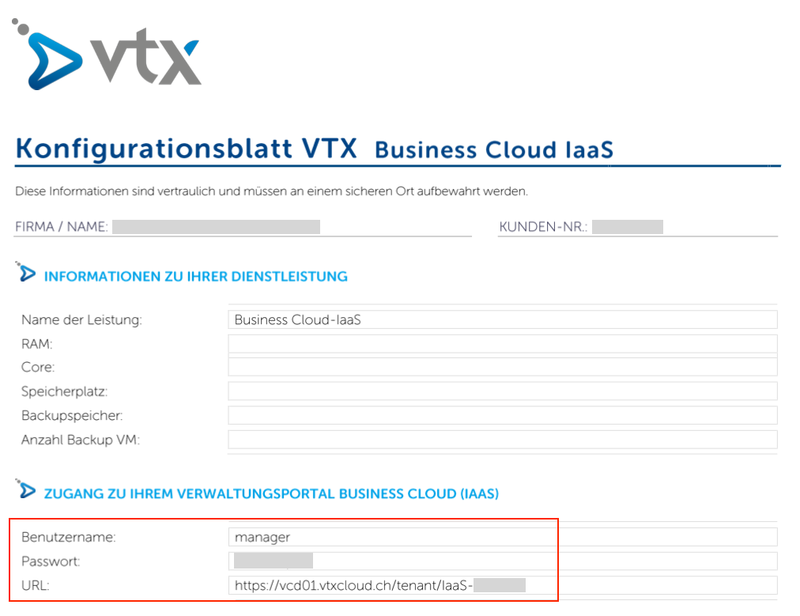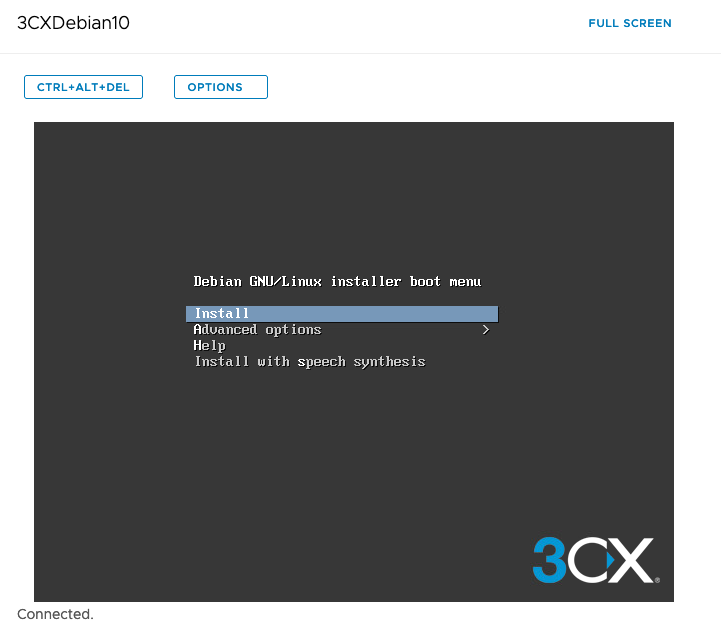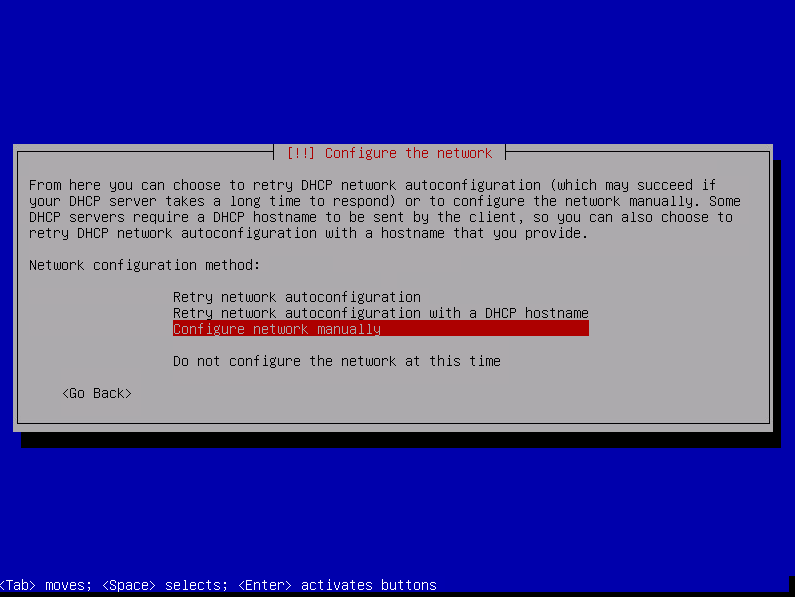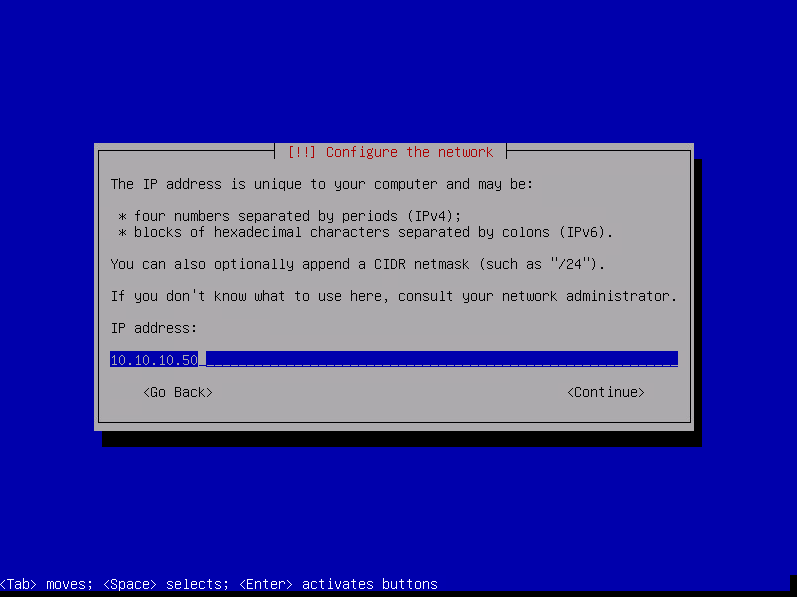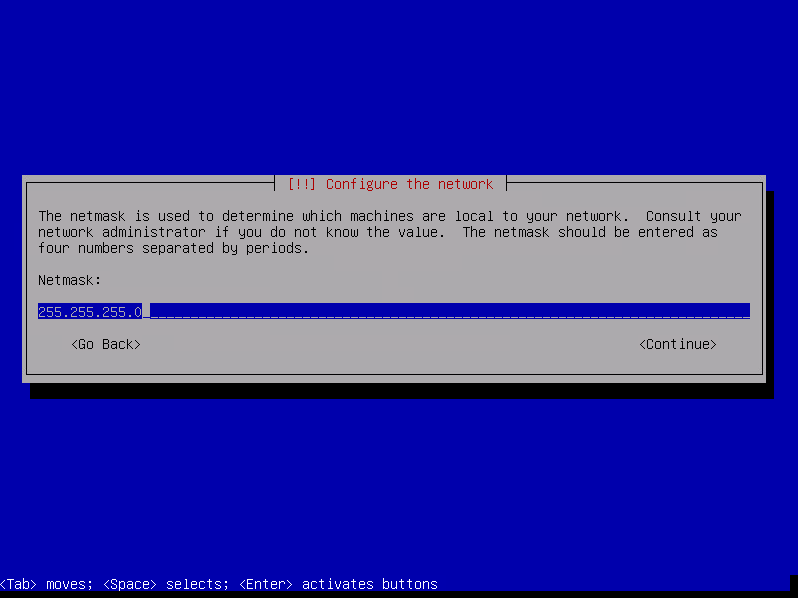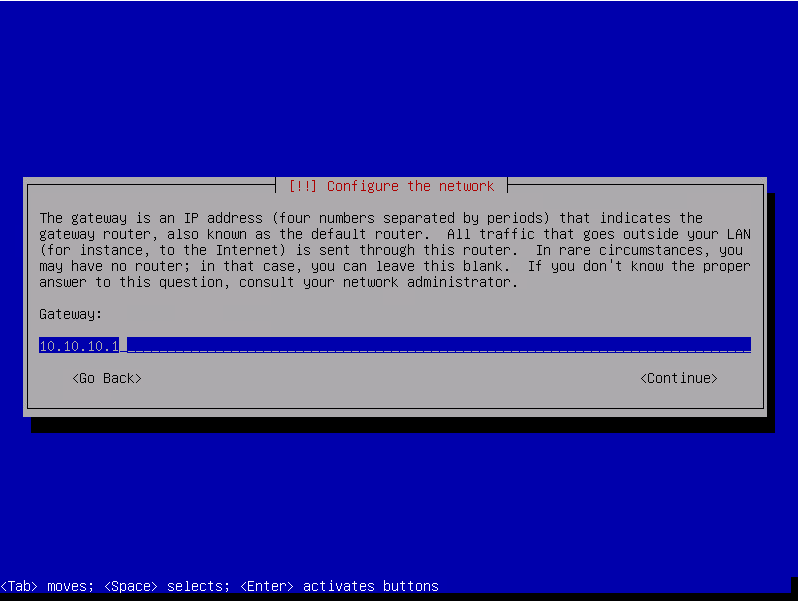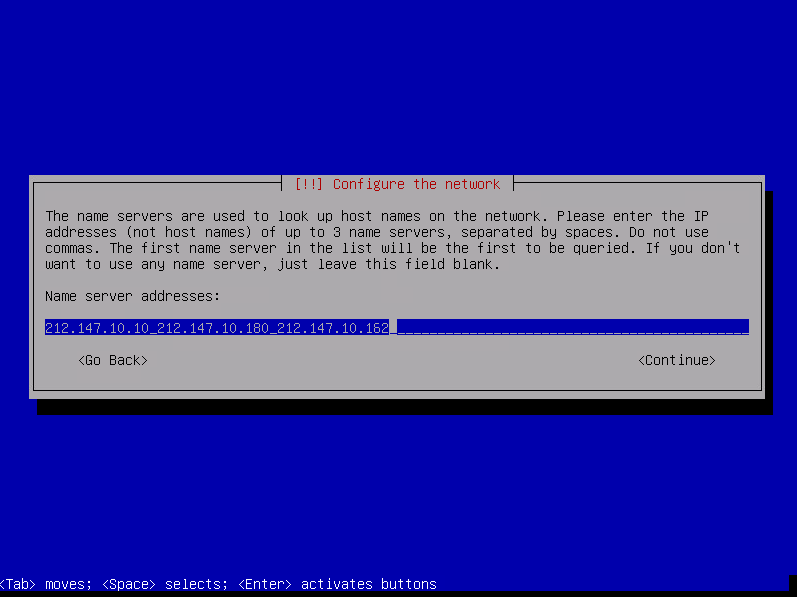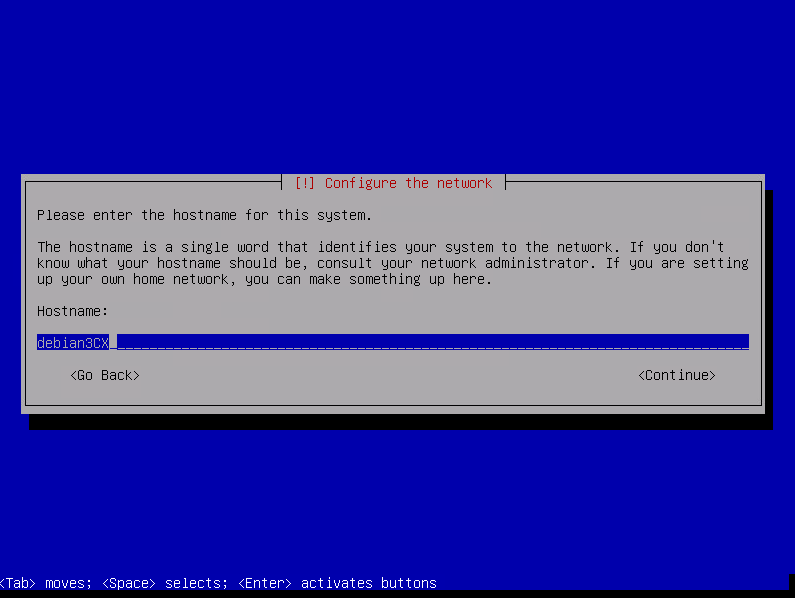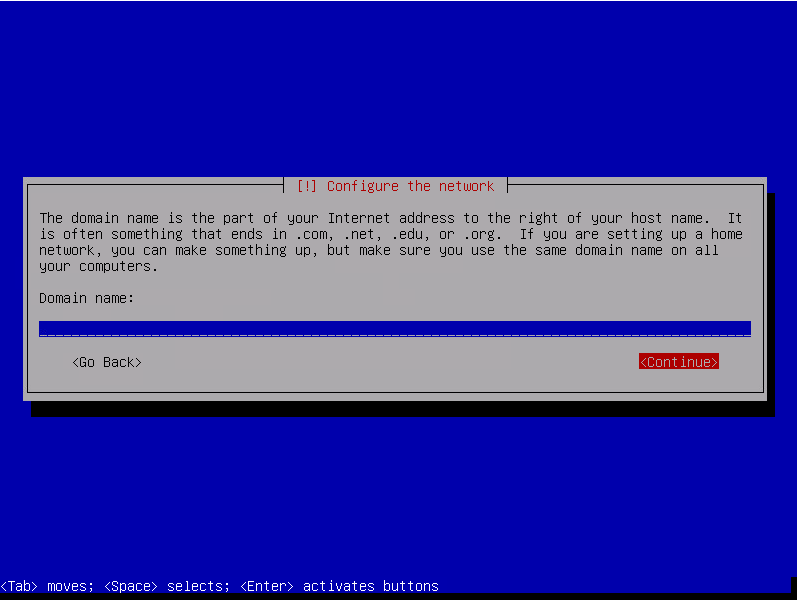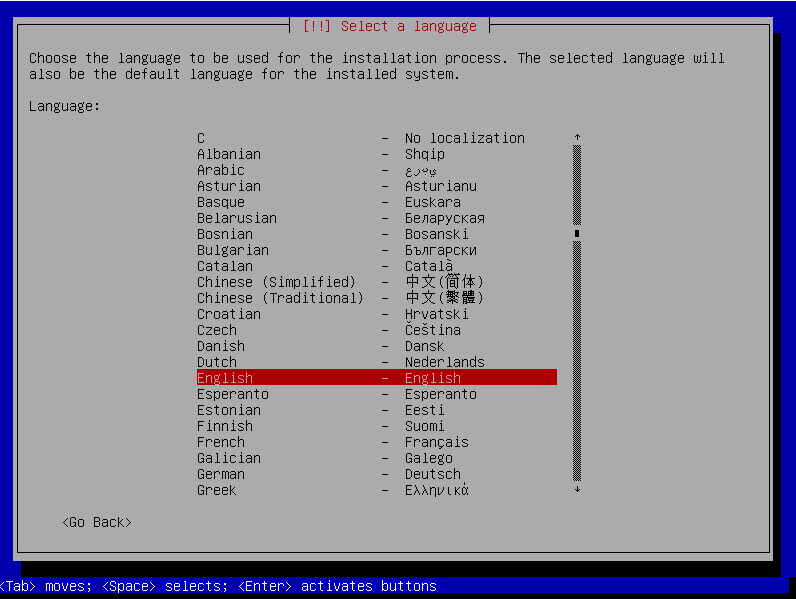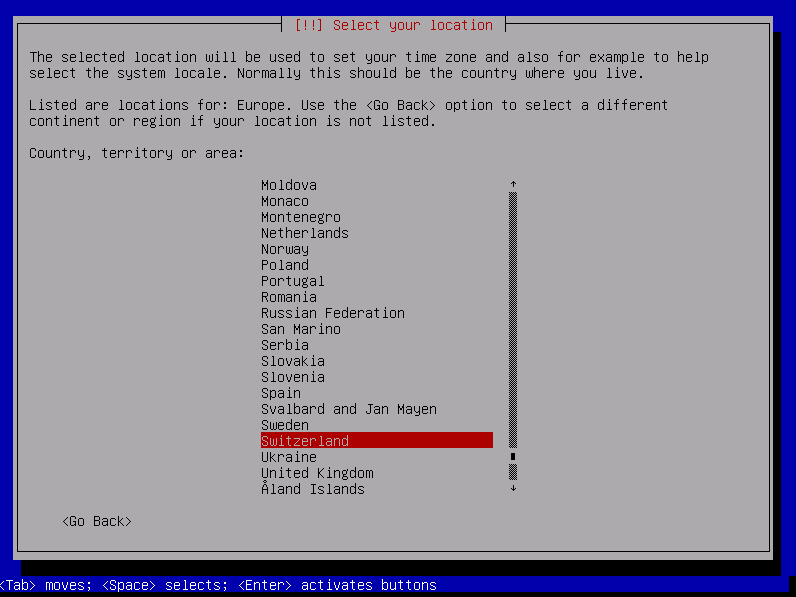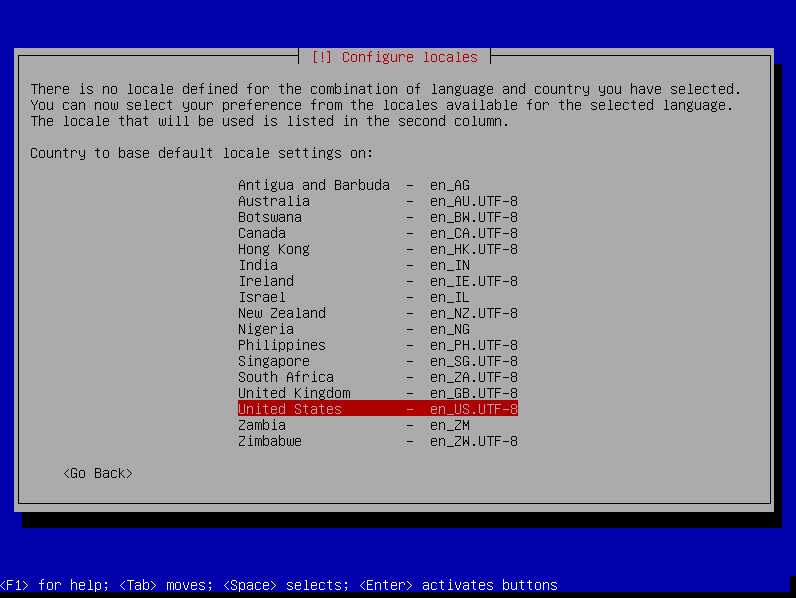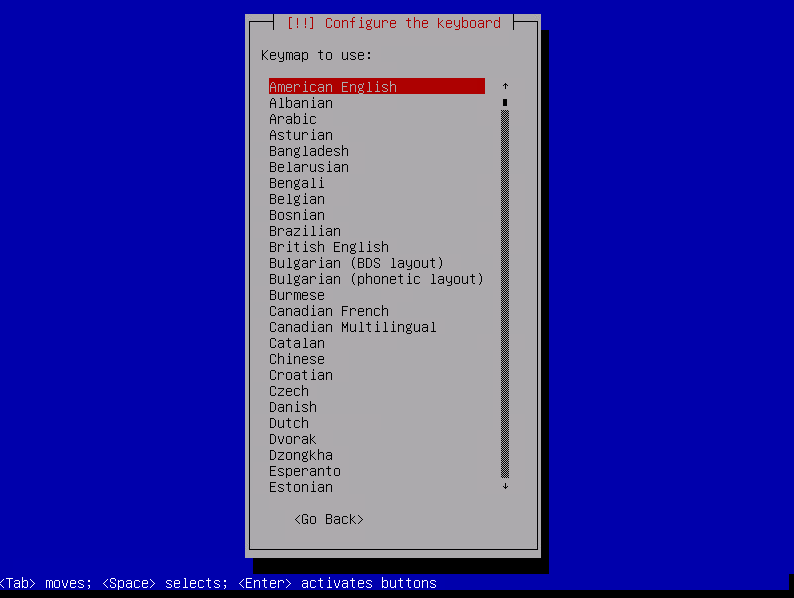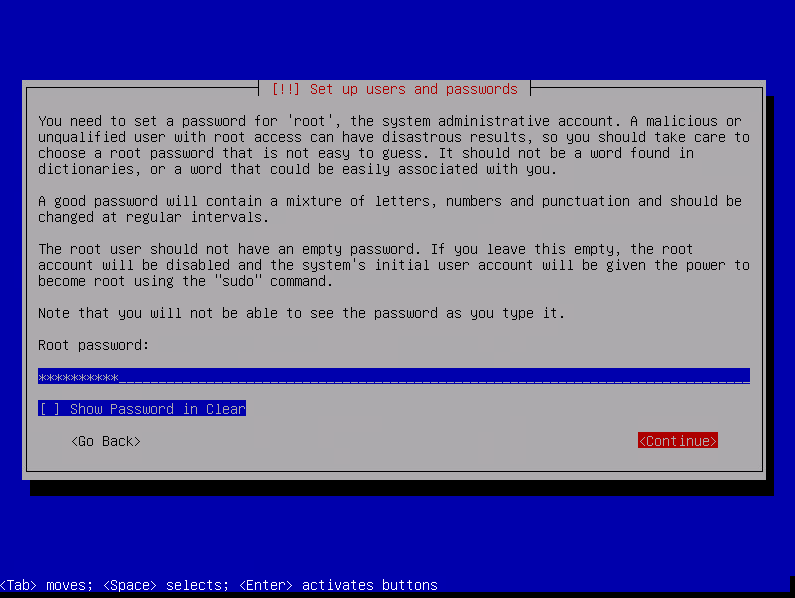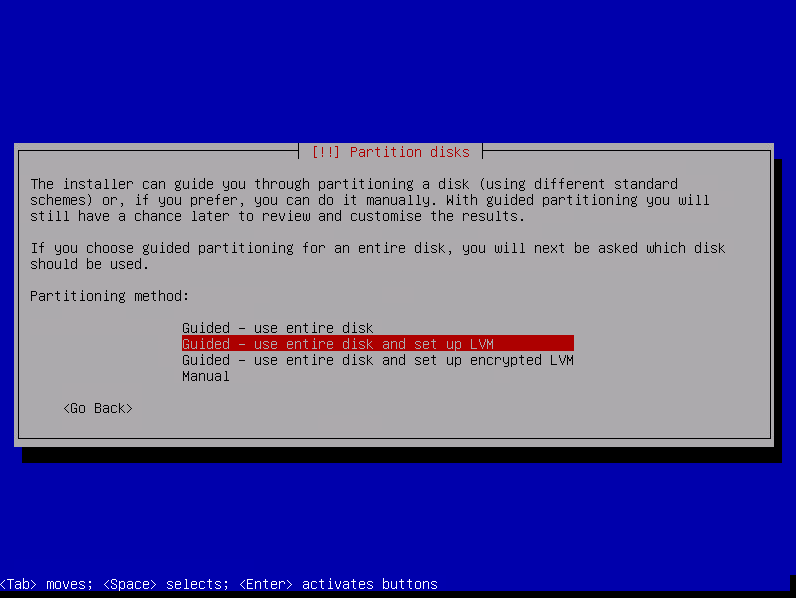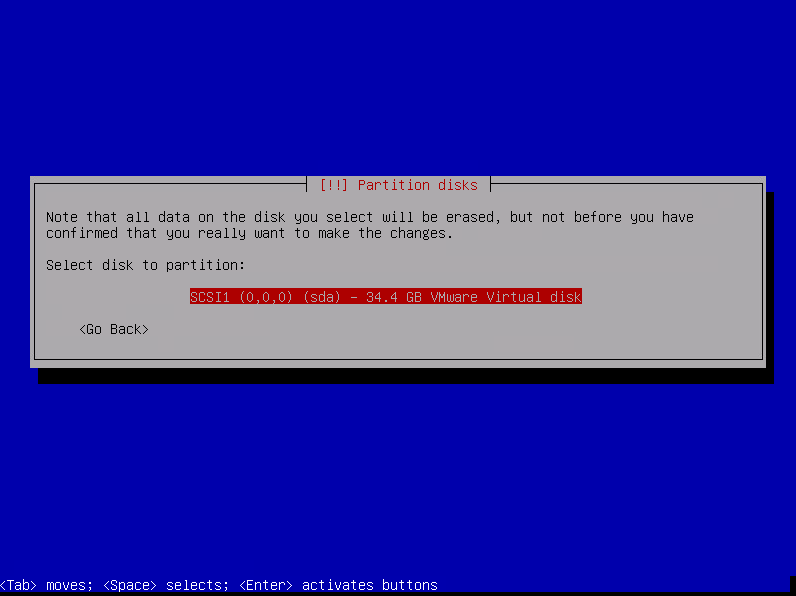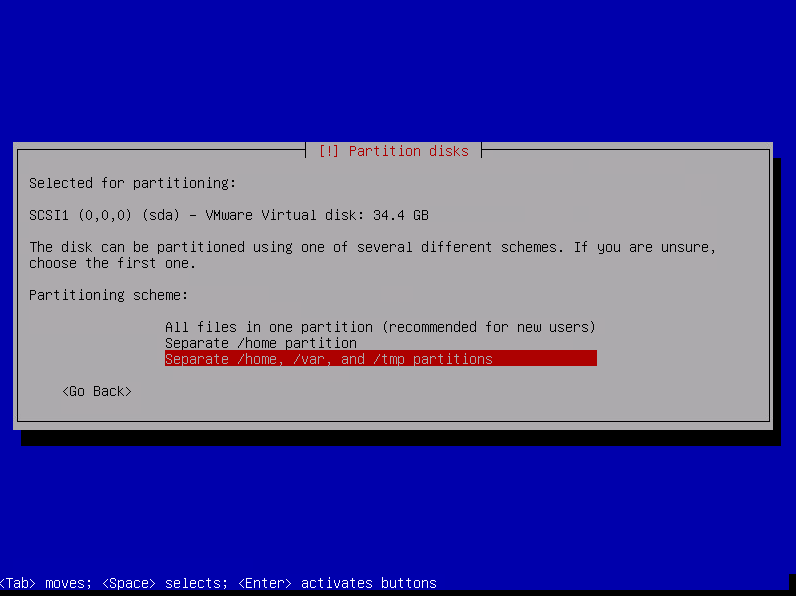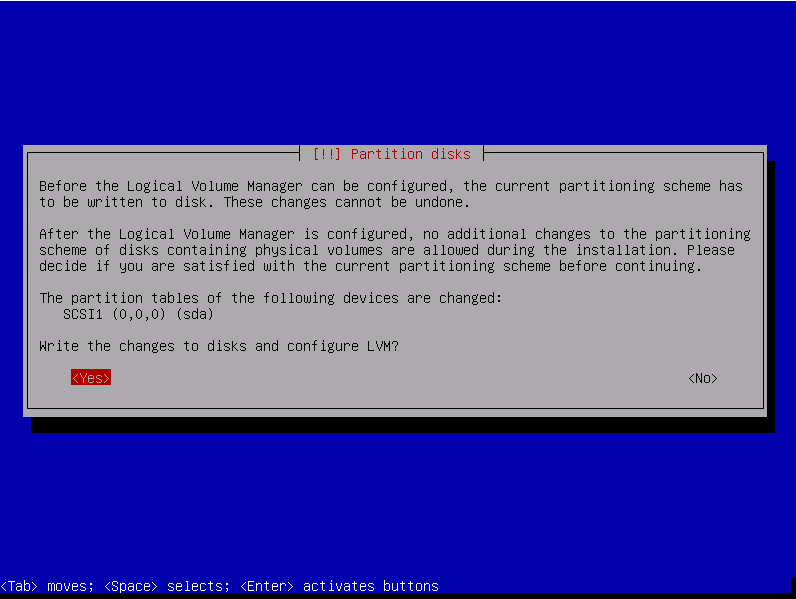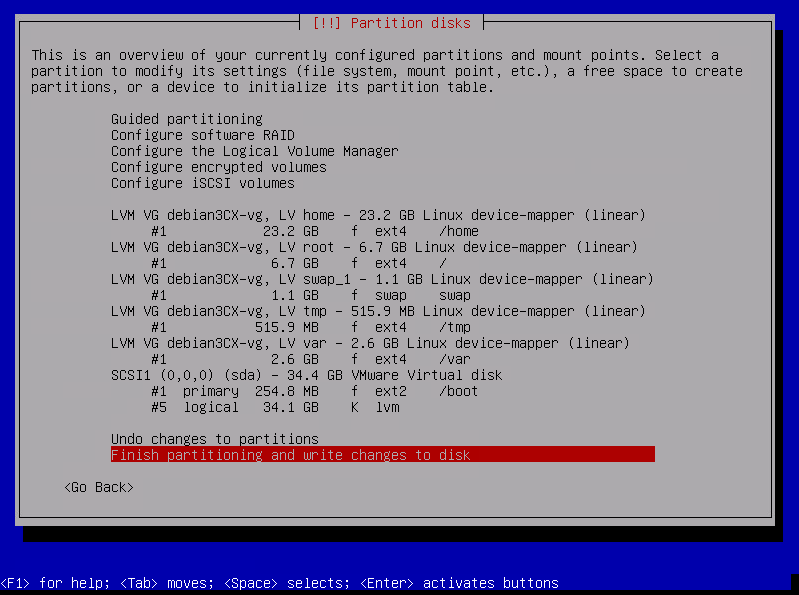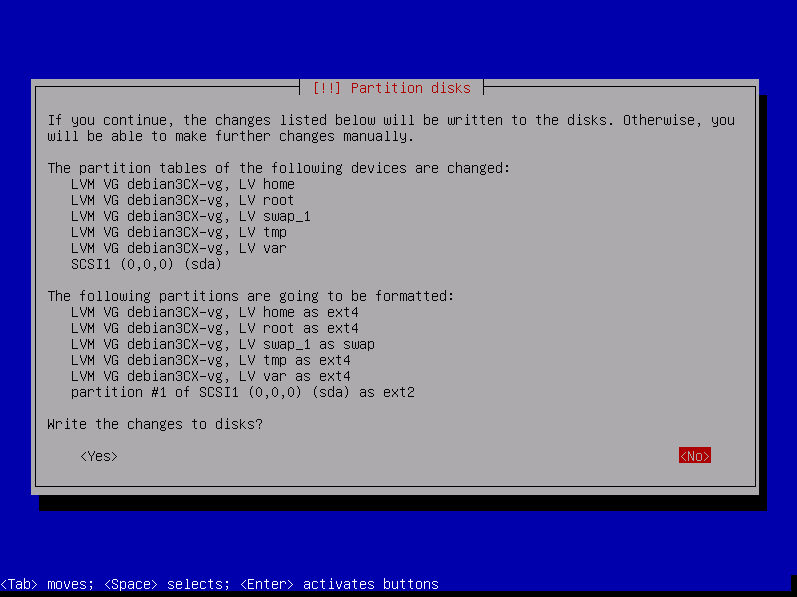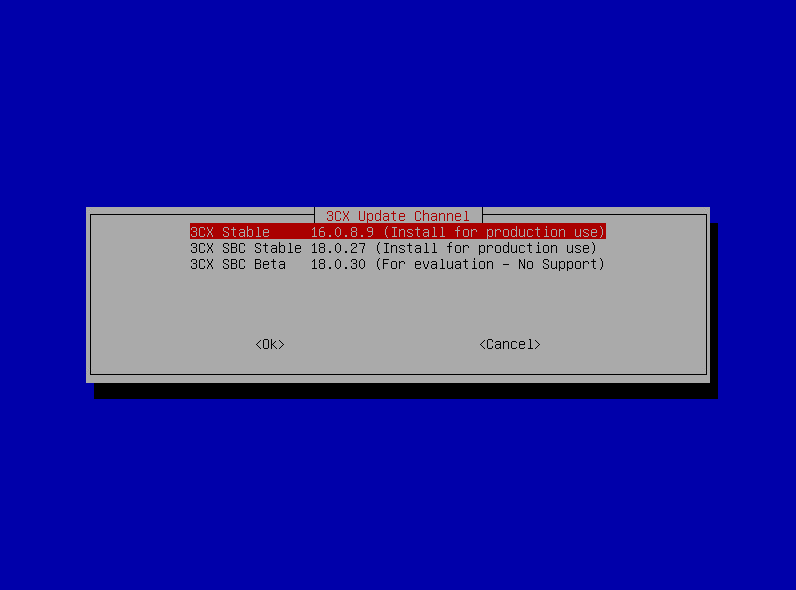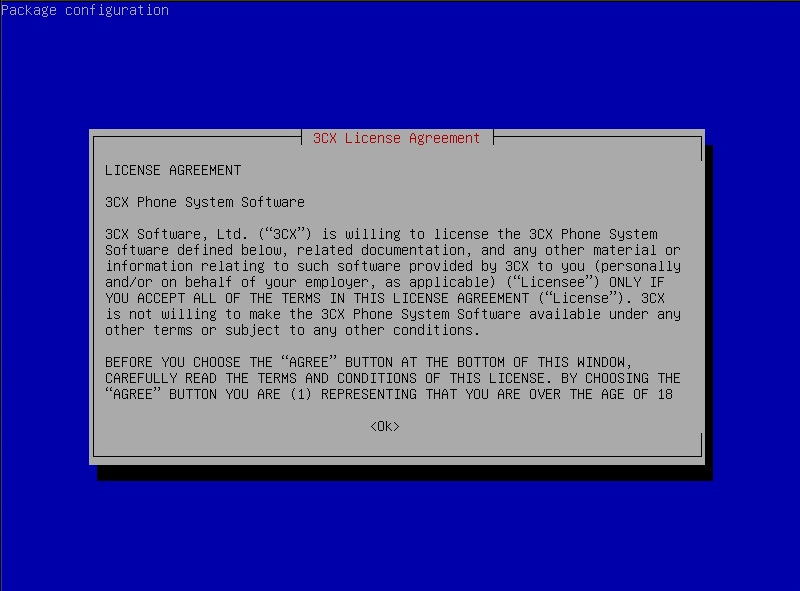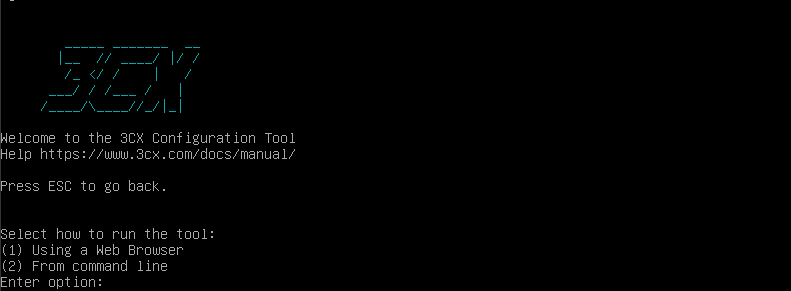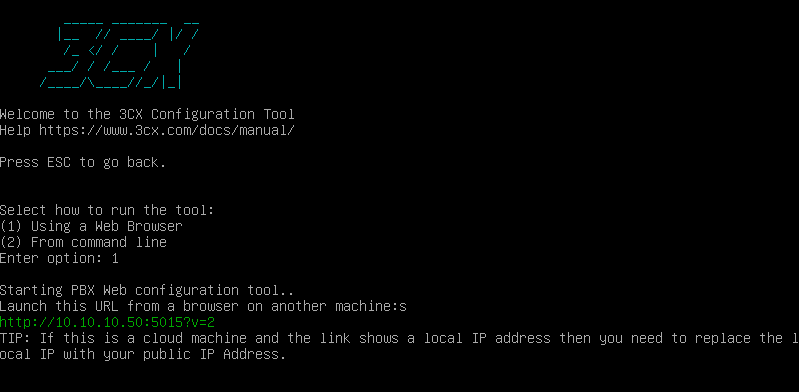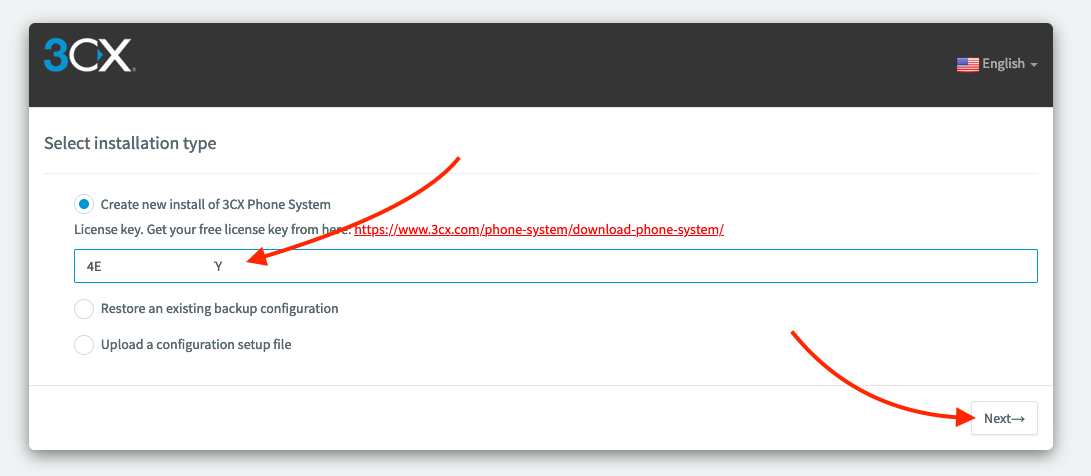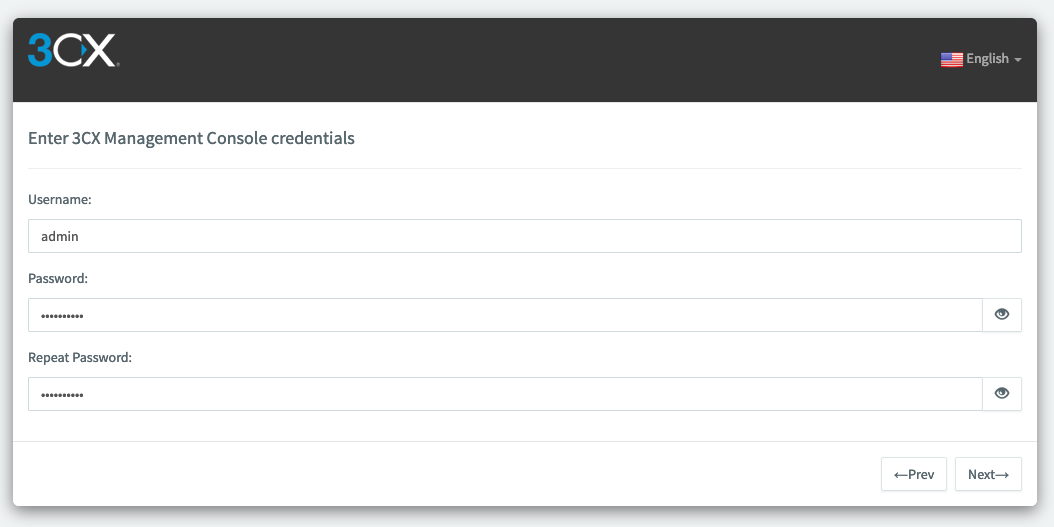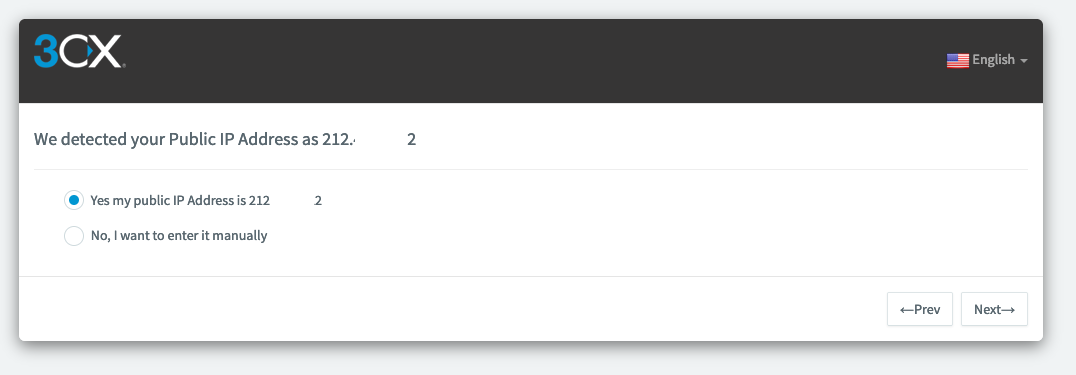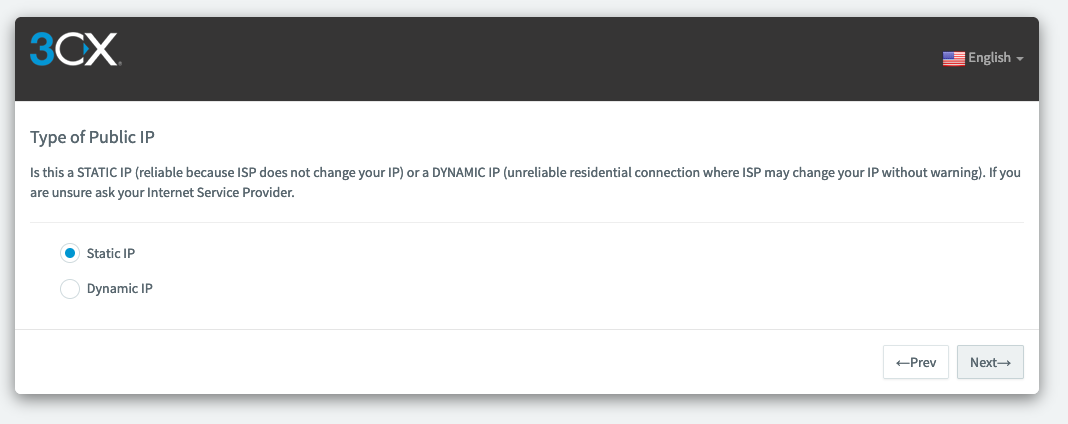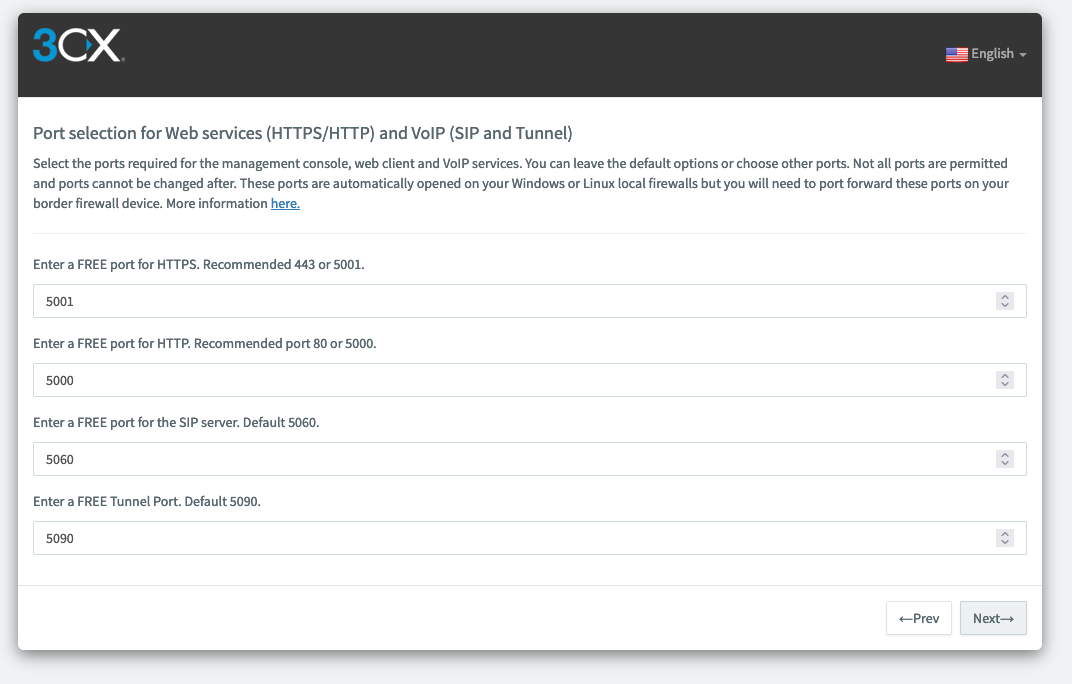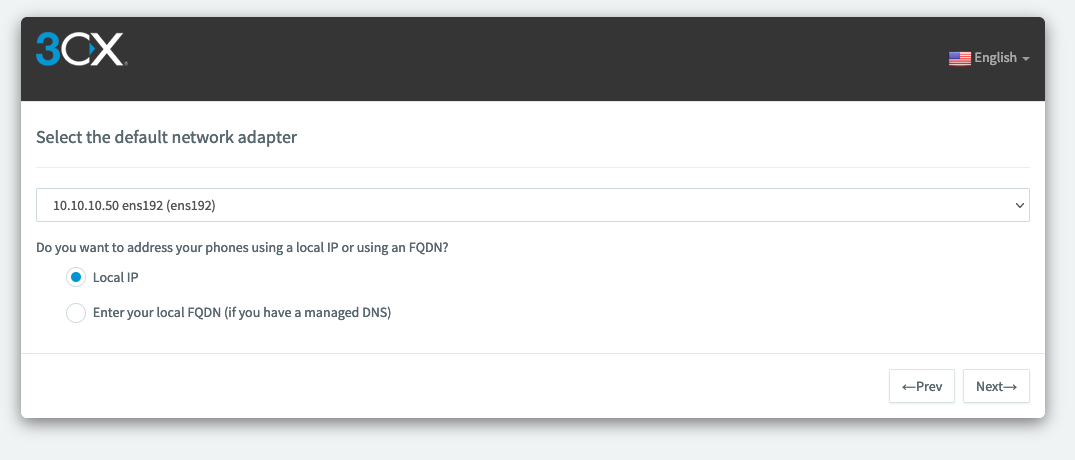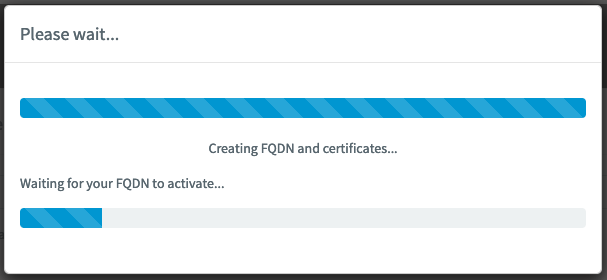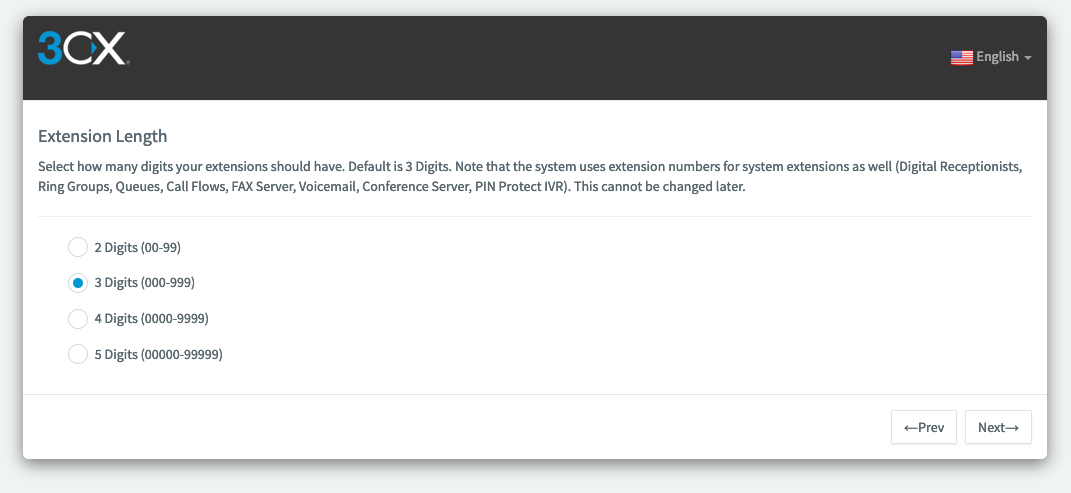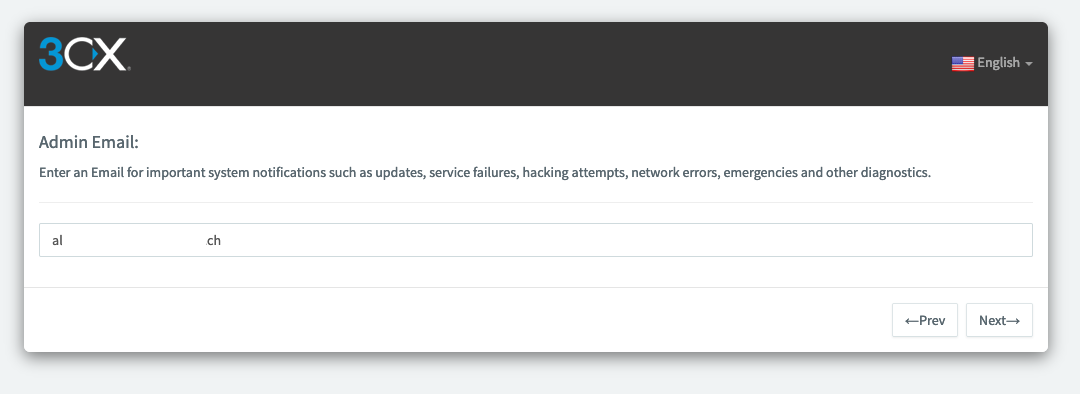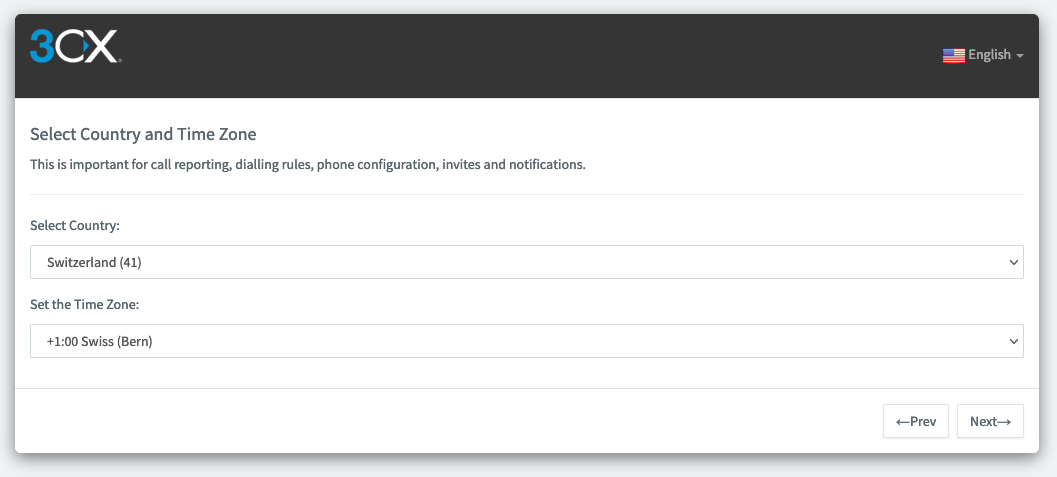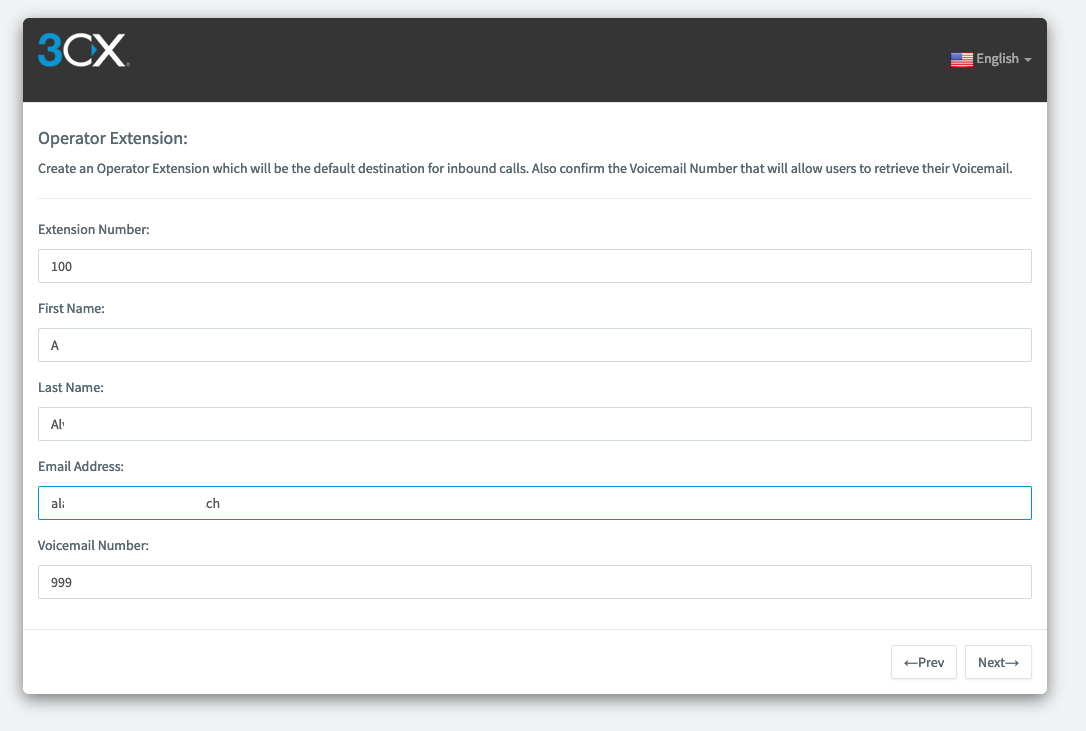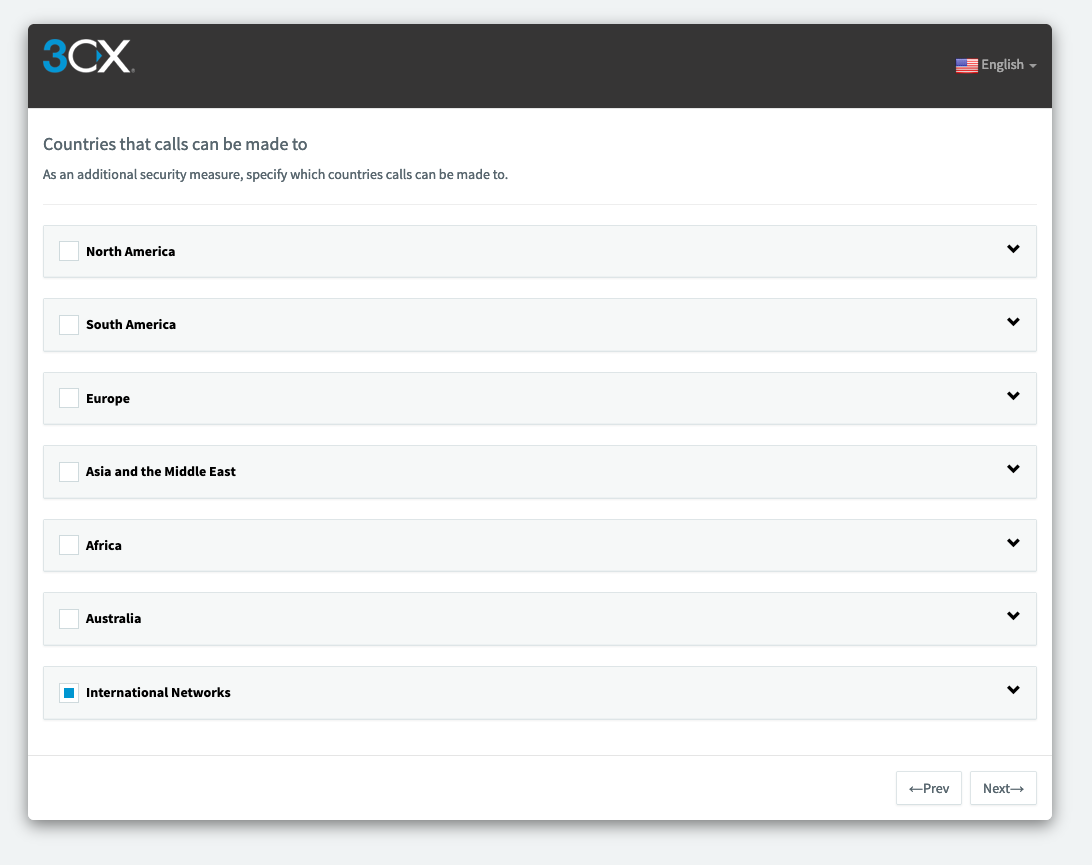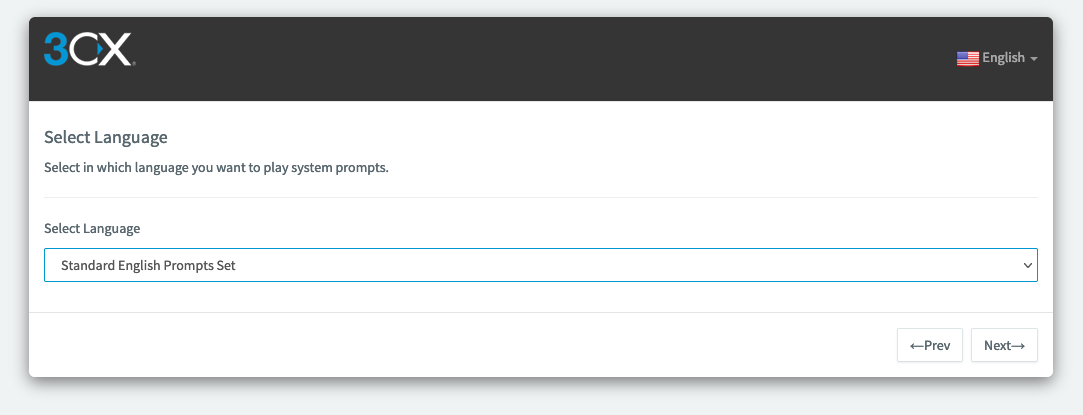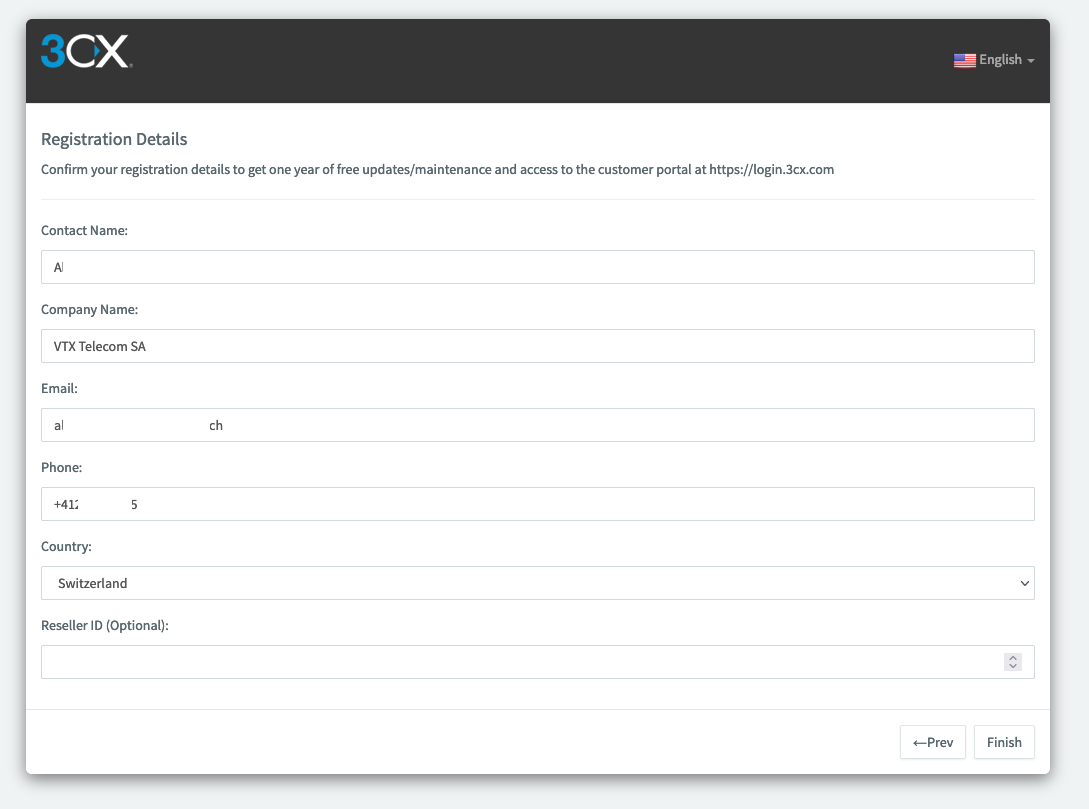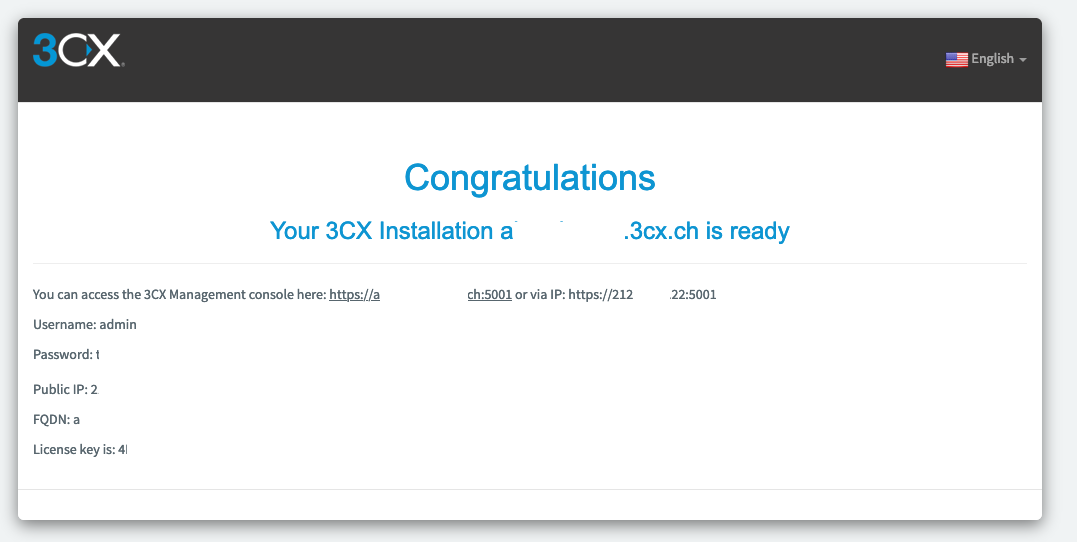Cloud:IaaS:3CX: Difference between revisions
From VTX Public Wiki
(Update layout, we do not want everything in one single chapter) |
(→Preparing the VM: Transclusion of the Creation of the VM + added steps to "modify" during this process.) |
||
| Line 39: | Line 39: | ||
= Preparing the VM = |
= Preparing the VM = |
||
'''! CURRENTLY WORK IN PROGRESS FOR THIS PART ! NOT FINISHED''' |
|||
Follow all steps of [[Cloud:Business_Cloud_(IaaS)#Creating_the_first_VM_step-by-step | Creating the First VM step-by-step ]] |
|||
| ⚫ | |||
Follow all steps below and choose : |
|||
* For '''Type''' : ''New''. |
|||
* For '''OS family''' : ''Linux''. |
|||
* For '''Operating System''' : ''Debian GNU/Linux 10 (64-bit)''. |
|||
| ⚫ | |||
* For '''Sizing Policy''' : For standard installation choose "Debian 3CX" in the ''Sizing Policy''. (For non-standard installation, choose "Custom Sizing Options" and refer to https://www.3cx.com/docs/recommended-hardware-specifications-for-3cx/) |
|||
* For '''Storage''' : It's recommended '''100GB''' by 3CX documentation. |
|||
{{#lst:Cloud:Business_Cloud_(IaaS)|CreateVMStepByStep}} |
|||
= 3CX Installation using custom 3CX Debian ISO = |
= 3CX Installation using custom 3CX Debian ISO = |
||
Revision as of 14:09, 15 October 2021
Introduction[edit | edit source]
FIXME: Explain purpose of this page
Presentation of the Product[edit | edit source]
FIXME: To be written with PM
Prerequisites[edit | edit source]
- Have subscribed to a "Connect_PABX-IP*" service at VTX.
- Have subscribed to a "Business Cloud-IaaS" service at VTX.
- Have downloaded the "configsheet" PDF file who contains the "Business Cloud-IaaS" credentials.
Retrieve the credentials of the "Business Cloud-IaaS" service[edit | edit source]
First you have to connect to the VTX Kiosk : https://kiosk.vtx.ch.
- Click on "Mes Services"/"Meine Dienste"
- Then click on "Mes feuilles de configuration"/"Meine Konfigurationsblätter"
- Search for the right service "Business Cloud-IaaS".
- Click on the PDF icon in the right to download it.
Then open this file. You can found the credentials there :
Preparing the VM[edit | edit source]
! CURRENTLY WORK IN PROGRESS FOR THIS PART ! NOT FINISHED
Follow all steps below and choose :
- For Type : New.
- For OS family : Linux.
- For Operating System : Debian GNU/Linux 10 (64-bit).
- For Boot image : debian-amd64-netinst-3cx.iso.
- For Sizing Policy : For standard installation choose "Debian 3CX" in the Sizing Policy. (For non-standard installation, choose "Custom Sizing Options" and refer to https://www.3cx.com/docs/recommended-hardware-specifications-for-3cx/)
- For Storage : It's recommended 100GB by 3CX documentation.
Creating the first VM step-by-step[edit | edit source]
To create a VM, go to your vDC then click on the New VM link
- Name: Choose a name for your VM on vCloud Director
- Computer name: Chose the hostname for your VM. This settings will have no effect on the VM itself if you don't use VMware Tools and don't enable the Guest Optimization.
- Description: Choose a description of your VM
- Type: If you have a VM template you can choose it. If not choose New and uncheck the box Power on.
- OS family: Choose the kernel OS, Windows, Linux or other
- Operating System: Choose the OS and version that you will install
- Boot image: Choose the ISO, if you created a custom library you will be able to see your own ISO
- Select a Size: By default, you can choose some default ressources (Small, Medium, Large) or if needed you can check the Custom Sizing Options case and configure the ressources that you want.
- On the Storage table, choose the IaaS SSD on the Storage Policy column then choose the SSD
- On the Networking table, choose your internal network created previously.
- IP Mode: You can choose for example Manual IP to assign the VM a static IP manually. Select Static IP Pool to assign the VM the next available IP from the previously configure Static IP Pool. This settings will have no effect on the VM if you don't use VMware Tools and don't enable the Guest Optimization.
- When all settings has been done, click on the OK button, VM will be created in few seconds.
Network configuration:

Connecting VMs to external network with outgoing NAT rule
By default access to the public internet is blocked. You'll need to create a SNAT rule to enable internet access for your VMs.
Go to Edges, select your Edge gateway and click to the Services link then click on the NAT tab.
- Click on the + SNAT Rule button
- Applied On: Select our Edge gateway
- Original Source IP/Range: Select the local IP of your VM
- Translated Source IP/Range: Click on the Select button, you should be able to choose one of our public IP provided by VTX
- Destination IP Address: Put any
- Destination Port: Put any
- Description: If needed you can choose a description
By default the rule will be enabled by the toggle button Enabled, if you want you can enable the log with toggle button Enable logging. When is done, you can create the rule by clicking on the Keep button.
When the rule is created, click on the Save changes link at the top right of the screen, it will reload the Edge rule to apply the new configuration.
3CX Installation using custom 3CX Debian ISO[edit | edit source]
Boot your VM via the vCloud panel
Press Enter when you are on « Install »
First you will start with the network configuration. In our case we will select « Configure network manually »
Enter the IP then select « Continue » and press enter.
Fill netmask then select « Continue » and press enter.
Fill gateway then select « Continue » and press enter.
Fill name server addresses then select « Continue » and press enter.
Fill hostname then select « Continue » and press enter.
Fill domain name then select « Continue » and press enter.
Choose language and press enter.
Choose the location, go to « other », « Europe » then « Switzerland »
Choose your locales, by default en_US.UTF-8
Choose your keyboard layout, in our case « Swiss french ».
Create the root password
Choose partitioning method, we will choose « Guided - use entire disk and set up LVM »
Select the disk to partition then press enter.
Choose the partitioning scheme « Separate /home, /var, and /tmp partitions » and press enter
Select YES to write changes to disks and confirm with enter
Review the partitioning then select « Finish partitioning and write changes to disk » then press enter
Confirm the writes by selecting « YES » then press enter
The system will install all components then reboot automaticaly.
Configuration[edit | edit source]
Configuration of the 3CX system[edit | edit source]
After the reboot you will need to select « 3CX Stable X.X.X.X (Install for production use) and press enter
After installation you need to accept the 3CX License Agreement.
After that the system will reboot into 3CX Configuration Tool.
Choose option "1"
Go to the webpage YOURIP:5015 Then choose the installation type. In our case « Create new install of 3CX Phone System ». Enter the licence key then click « Next ».
Then create the credentials for your 3CX Management Console then click on « Next »
Then the tool will detect your public IP (if it is not correct choose « No, i want to enter it manually ») then click on « Next »
Then choose your type of Public IP and click on « Next »
Then let by default all ports configuration
Select the right network adapter
Wait until everything is automaticaly configured.
Choose the extension length, in our case "3 Digits"
Then enter your admin email address and click on « Next »
Choose your Country and Time Zone then click on « Next »
Create the Operator extension
Choose « International Networks » then click on « Next »
Select the language of the trunk.
Confirm the registration details at 3CX and click « Finish »
Then you will see this confirmation of the 3CX installation with all useful information
Setup 3CX Trunk using VTX SIP Trunk Template[edit | edit source]
FIXME: To be added

